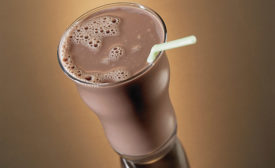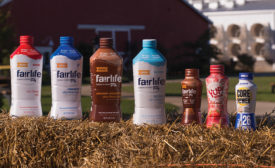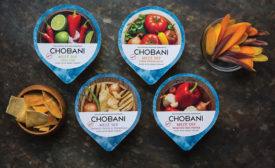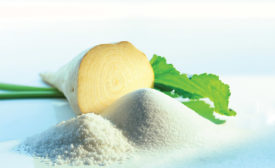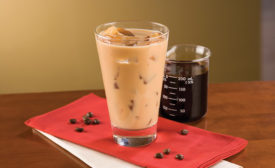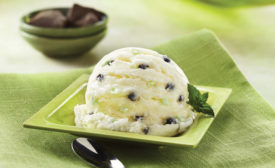ARTICLES
The milk industry has positioned chocolate milk as an ideal beverage to drink after a workout. Sales of flavored milks, including chocolate, are on the rise.
Read More
Tangled up in blue (and other natural colors)
There was a bumper crop of naturally derived blue colors at this summer’s IFT Expo. Suppliers tell how they help dairies formulate with clean-label colorants that also perform effectively in application.
September 2, 2016
High-protein foods are on the menu
Consumers recognize the benefits of high-protein foods and beverages. Dairy processors can stick with dairy-based proteins or consider plant-based alternatives.
August 8, 2016
Enzymes and cultures are dairy foods' great warriors
Enzymes help to optimize the manufacturing process and minimize cheese waste. Cultures allow dairy producers to improve yields and get more out of their milk.
June 7, 2016
Can functional ingredients fit in a clean label world?
Consumers tend to see foods with added ingredients as ‘processed.’ Yet they also consider fortified foods ‘worthwhile.’ One survey finds that consumers trust ‘functional foods.’ So what’s a dairy processor to do?
May 10, 2016
Consumers are sweet on savory dairy products
Dairy processors are adding spicy peppers, herbs and other botanical ingredients to dairy foods. What’s going on? Our panel says consumers’ desire for more flavor, more stimulation and more experience is behind the trend.
May 6, 2016
Sugar guidelines leave a sour taste
With the U.S. government asking Americans to reduce their consumption of added sugars, dairy processors seek formulation solutions from ingredient suppliers.
April 8, 2016
Stay ahead of the curve. Unlock a dose of cutting-edge insights.
Receive our premium content directly to your inbox.
SIGN-UP TODAYCopyright ©2024. All Rights Reserved BNP Media.
Design, CMS, Hosting & Web Development :: ePublishing
